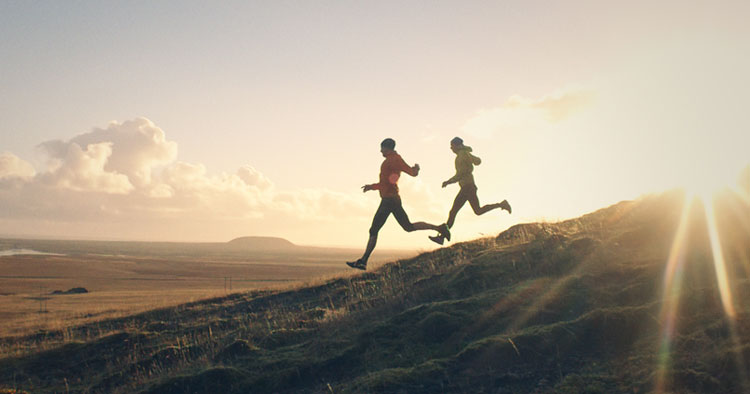Muscle Pain and Tendinopathy
Popliteus Syndrome And Injury
Popliteus And Its Role As A Knee Stabiliser
Popliteus is a small muscle located at the back of the knee lying deep in what is known as the popliteal fossa. Popliteus is important when unlocking the knee from the fully straightened position when standing and is also considered important with regard to stability and controlling shearing forces around the knee and therefore can have a role in reducing knee injury and due to its attachments potentially mitigating issues with the lateral meniscus. Popliteus syndrome is seen as an overuse injury of the popliteal tendon and is sometimes also referred to as popliteal tendinitis.
Some Potential Causes Of Popliteus Syndrome
Popliteus muscle is situated deep in the knee and isolated injury to the muscle is rare, however injury may be associated with other knee injuries such as injury to the anterior cruciate ligament (ACL) and lateral meniscal injuries. Popliteal syndrome can be caused by a number of different factors, below are some of the factors that are considered to be involved in popliteal injury:
- Traumatic knee injury (as previously mentioned).
- Overuse (such as running).
- Collapsing of the inside arch of the foot when under load is in walking or running actions (a motion often referred to by some as “over-pronation”).
- Chronic instability of the knee.
- Muscle imbalances and incorrect exercise technique.
The popliteus muscle helps stabilise the knee during the stance phase of gait which is roughly the middle phase of walking, or running where the foot is in contact with the ground (just after heel strike and prior to toe off). Overload and injury may occur during activities like running downhill where extra stability is needed. Due to the popliteus muscle playing a role in controlling hyper-extension and excessive external rotation running downhill on a sloping surface coupled with “over pronation” may lead to popliteus injury, or popliteus syndrome.
Symptoms That Are Considered To Be Associated With Popliteus Syndrome
Some common symptoms that are considered to be associated with popliteus syndrome include:
- Pain experienced at the lateral aspect and/or back of the knee.
- Swelling noted laterally and/or at the back of the knee.
- Pain when straightening the knee and/or when bending the knee from the position of the knee being fully straight (locked straight).
- Feelings of weakness, even giving way of the knee when weight-bearing particularly in that stance phase of gait.
Assessing The Knee for A Suspected Popliteal Muscle Injury
As previously mentioned isolated injuries to the popliteus muscle are rare and as a result it is commonly associated with other knee injuries. Hence assessment requires a complete injury history and assessment of the knee and lower limb.
A couple of special tests regarding popliteus muscle involvement include:
- The shoe removal manoeuvre: This test is where pain is felt when trying to remove the shoe on the other side to the affected knee. This motion requires internal rotation of the affected leg to reach the heel of the other leg and can cause pain during the manoeuvre when there is injury to the popliteus muscle.
- Garrick test: Is a test performed in a sitting position with the hip and knee both flexed to 90 degrees and the feet left dangling, then in this starting position active external rotation of lower leg is resisted by the assessing practitioner and evoking pain in the back lateral corner of the knee with this test is considered a positive sign of popliteus involvement in someone symptoms.
MRI may also be used to confirm a diagnosis of popliteus syndrome but often the use of an X-ray is the first port of call and unless the muscle is avulsed off the bone at its origin an X-ray is usually clear but is still useful in helping rule out other potential causes for someones symptoms.
Disclaimer: Sydney Physio Clinic does not endorse any treatments, procedures, products mentioned. This information is provided as an educational service and is not intended to serve as medical advice. Anyone seeking specific advice or assistance regarding Popliteus Syndrome And Injury should consult his or her orthopaedic surgeon, general practitioner, sports medicine specialist or physiotherapist.


